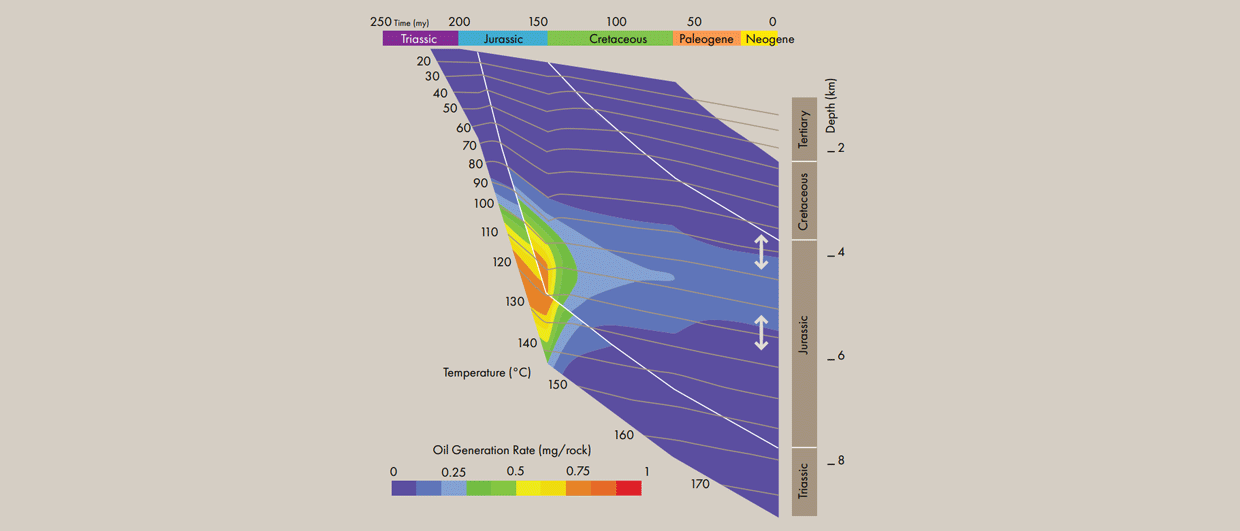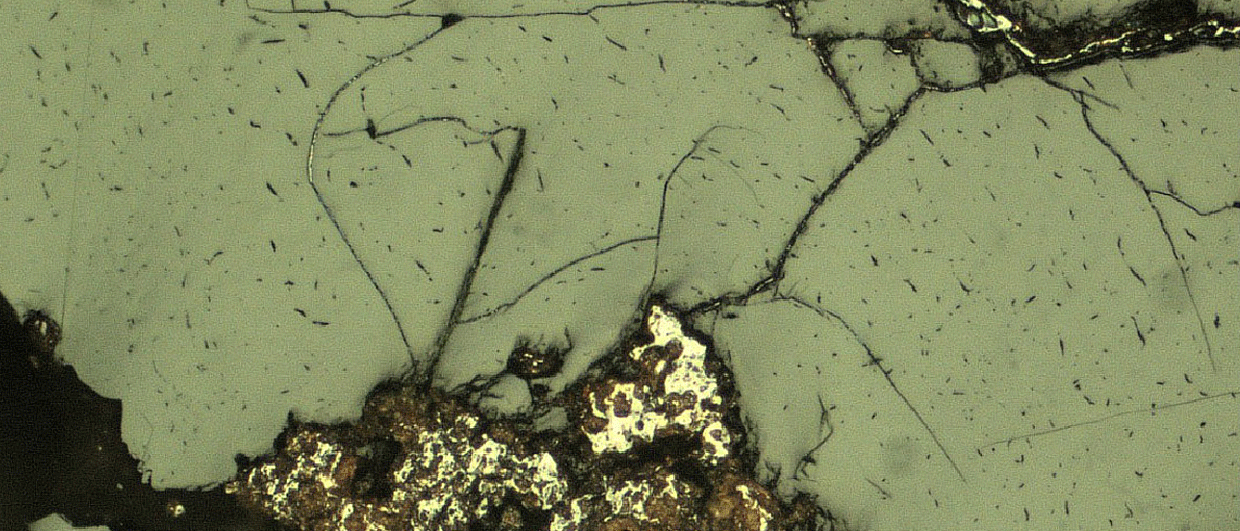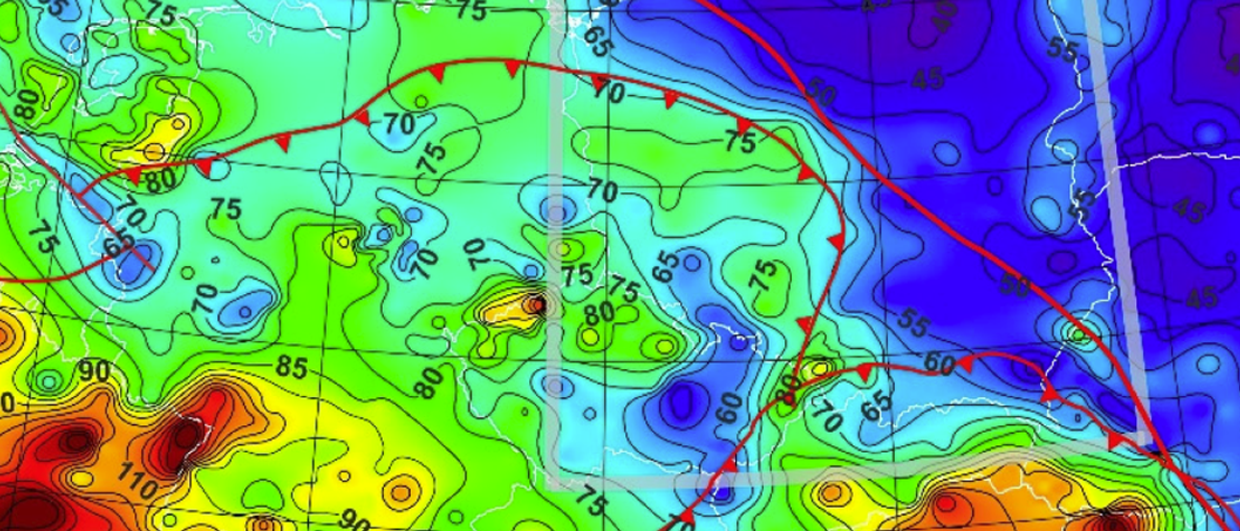I have long wanted to write about uncertainties in basin modelling. Despite their general acknowledgement, they are commonly underestimated due to various biases and psychological pressures. Explorationists sometimes live in denial of their true magnitude.
We do not have to go too far into the modelling process, even reviewing the basics can be instructive. Take the depth horizons, for example. Even under favourable circumstances at basins with many calibration wells, the uncertainty in the horizon depth can be tens of meters near calibration wells. Moving away from well control, the uncertainty quickly rises to hundreds of meters. In the deep basins, the uncertainty in the basement depth can easily be more than 1 km. These uncertainties derive from the size of the seismic loop, gridding interpolation between seismic lines and time-depth conversion.
Chronostratigraphic interpretations further complicate matters. In one region of the Suriname-Guyana basin, two different interpretations placed the Cretaceous section 400 meters apart in depth despite having wells drilled through it.
These uncertainties translate into varying source rock maturity, hydrocarbon expulsion scenarios and predicted volumes and types of hydrocarbons. For example, 500 to 1,000 m range at a temperature gradient of 30° C/km corresponds to 15-30° C. And vice versa, uncertainties in temperature and maturity calibration data are often on the same scale and translate to equivalent uncertainty in depth. It can mean a difference between peak oil expulsion and no oil or gas dominated expulsion.
Next time you are presented with modelling results, do not get carried away by glossy headline pictures and do not assume the “experts” know. Always look for an indication of uncertainty and consider how realistic it is. Are the presented “warm” and “cold” scenarios truly reflecting the horizon depth uncertainties? A look at a 1D model provides quick guidance. Look at temperature hundreds of meters below and above the horizon of interest and it gives you an indication of the uncertainty in the temperature and expulsion timing on a burial plot.
Making the model more complicated or calculating more equations does not make the model more accurate or precise. In fact, complex models obscure the problems whereas simplicity drives understanding. Sometimes data do not allow us to build a sufficiently precise model. It still does not mean the modelling exercise was useless. The value of basin modelling lies in the identification and quantification of the uncertainties. The results then guide further evaluation, realizing what matters, what does not and what can be done to narrow the uncertainties.




